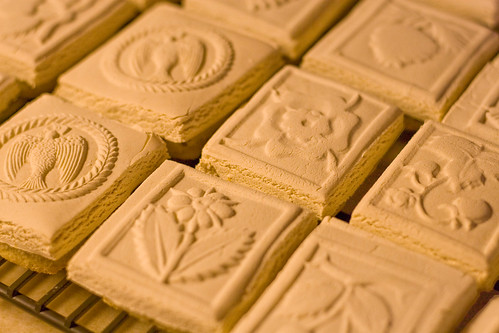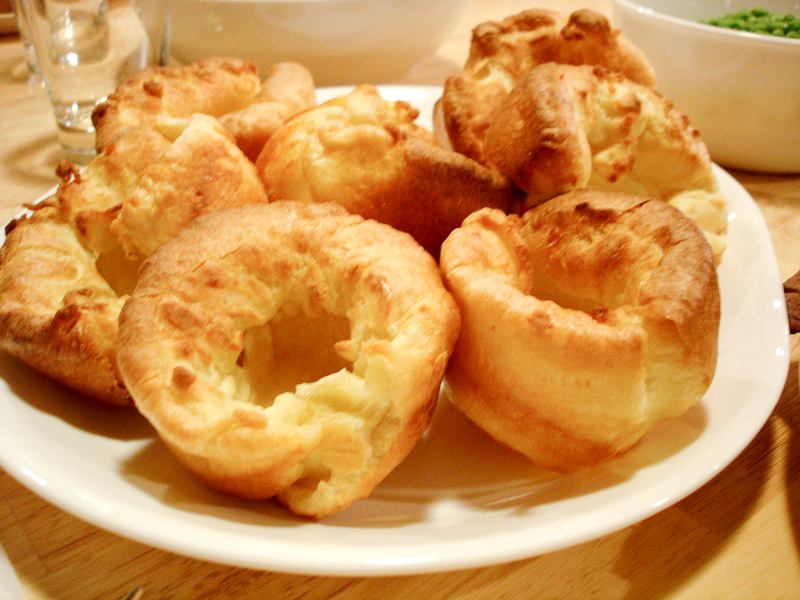First of all there's the tradition in our family to turn the last of the Christmas turkey leftovers into a tasty batch of GUMBO, which usually is done by the dear husband -- but I made it today while he napped on the couch... Sooo, I won't be revealing any of HIS secrets of Gumbo-making, merely my own (albeit probably inferior, or at least less fiery) version.
New Years Gumbo
left-over turkey, cut into small pieces
turkey stock -lots!
oil, such as canola, sunflower, or other oil that can handle being heated
For starters, the trinity of cajun vegetables:
onions, chopped
celery, chopped
bell peppers, chopped
jalapeno peppers (or other hot peppers), chopped
optional meats: ham, sausage
garlic, crushed
pepper (both black and white, best if freshly ground)
ground cumin (a goodly amount)
cayenne pepper (to taste, or other hot pepper, ground)
ground paprika (smoked is great for flavor!)
thyme (generous amount -- this is a signature of cajun cooking!)
oregano, basil
onion powder, garlic powder
stewed tomatoes, canned ok, with liquid
bay leaf
water or stock
sweet potatoes, cubed
other veggies, such as green beans, okra, carrots, turnips...
salt, to taste
tabasco sauce
oil and flour, roughly equal amounts, for making roux
optional: seafood, such as shrimp
Note that I do not list quantities, because it's (a) a function on what you happen to have at hand right then -- in other words, clean-out-the-frig, and (b) it's a matter of taste -- give your creativity free reign: no 2 batches of gumbo should ever be the same!
I start by heating the defatted stock in my largest stockpot, adding the turkey and all other ingredients as I saute them in my biggest cast-iron frying pan: First, I sautee the onions, celery & peppers, adding the spices and cooking a bit. After they're done, dump that into stockpot, add more oil to the frying pan, and sautee the next batch: sausage, ham, etc... The sweet potatoes onward do not need to be sauteed -- they go directly into the stockpot.
While the big pot is bubbling away (on low), make the roux:
This takes some skill & confidence, but most importantly, the knowledge that it can splatter and burn you! I heat the oil in the cast-iron pan, and add flour while whisking it continuously. Heat and keep whisking until the flour turns dark, but don't burn it.
Remove from heat and spoon roux into the stockpot in small batches -- it's VERY hot and can splash when it hits the liquid -- it really helps to have a spouse or older child there who will stir the big pot after each addition of roux. Simmer the stockpot, letting flavors mingle and gumbo thicken, but keep an eye on it, stirring occasionally. If I want to add shrimp, I do it at this stage.
Note: this freezes very well -- but don't add shrimp or other seafood until thawing and re-heating.
Serve gumbo over rice.
Note on roux-making: another approach commonly seen is starting with the roux. Heat oil, add flour and whisk until dark. Then add the veggies and spices and cook, stirring. Add stock, stirring... Note that this approach requires all your ingredients to be ready to go, and you do a lot of continuous stirring, and my wrist/arms need breaks -- so I do like to do this in batches.
For a recipe (with actual quantities), go here for a Paul Prudhomme gumbo.
Next, I cooked Hoppin' John, which is a Southern tradition, made from Black-eyed peas (a.k.a. cowpeas), and I made both a vegetarian and traditional version.
Hopping John
tradional version: cook cowpeas with ham, hamhock or bacon
my own vegetarian creole version:
black-eyed peas, soaked in warm water for a few hours or overnight, drained
oil
onions, chopped
celery, chopped
bell peppers, chopped
garlic, crushed
pepper (both black and white, best if freshly ground)
cayenne pepper (to taste, or other hot pepper, ground)
ground paprika (smoked is great for flavor!)
thyme (generous amount -- this is a cajun staple)
optional: onion powder, garlic powder, mustard powder
bay leaf
water or stock
salt, to taste
greens, such as kale or collard greens.
Heat oil and saute the veggies. Add garlic and all spices, cooking for a little while, then add the drained black-eyed peas, bay leaf and enough water/stock to cover. Cook until peas are soft. Add salt.
While legumes are cooking, prepare the greens: wash, remove tough stems, and cut. Add into peas when they are nearly all the way cooked. Serve with cornbread.
Lastly, as I type on my new laptop (in the kitchen, isn't that nifty!!!), I've got 2 different versions of poached pears simmering on the stove. I posted the recipe yesterday, but here's what I've learned today when I found this treatise on How to make poached pears (go there if you want actual measurements!):
- This works with Asian pears too!
- Keep those pears covered with some parchment paper
- there are lots of flavors you can add: vanilla, cloves, allspice, etc
- try replacing some of the water with wine
- add some dried fruit to the poaching liquid at the end
- serve hot or cold, by itself or with a sauce
- it's a great way to preserve fruit you can't eat fast enough...



























